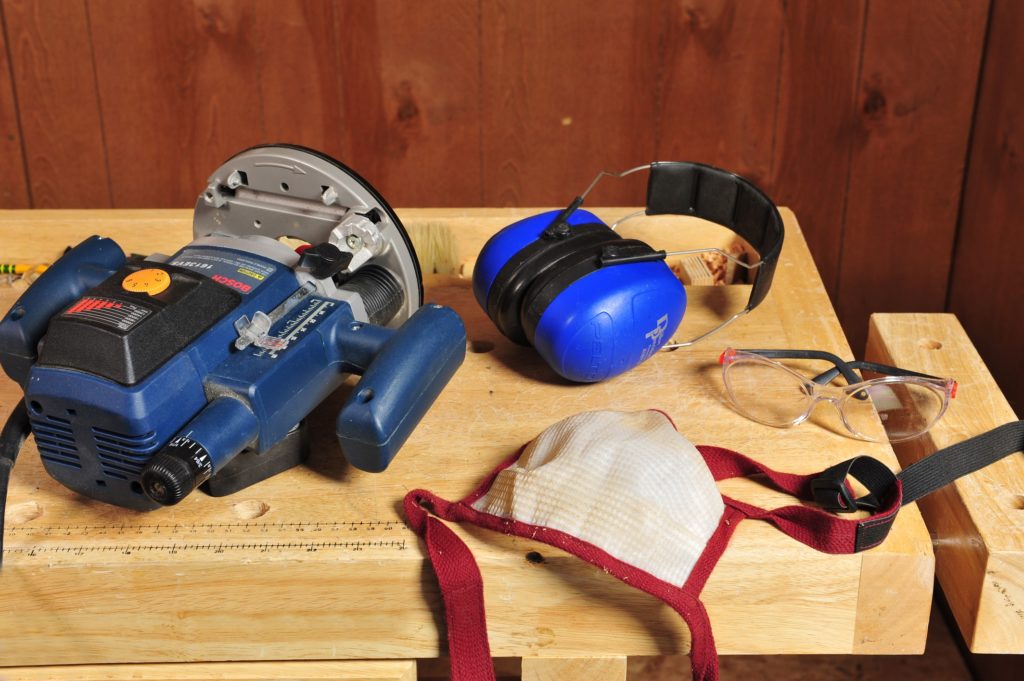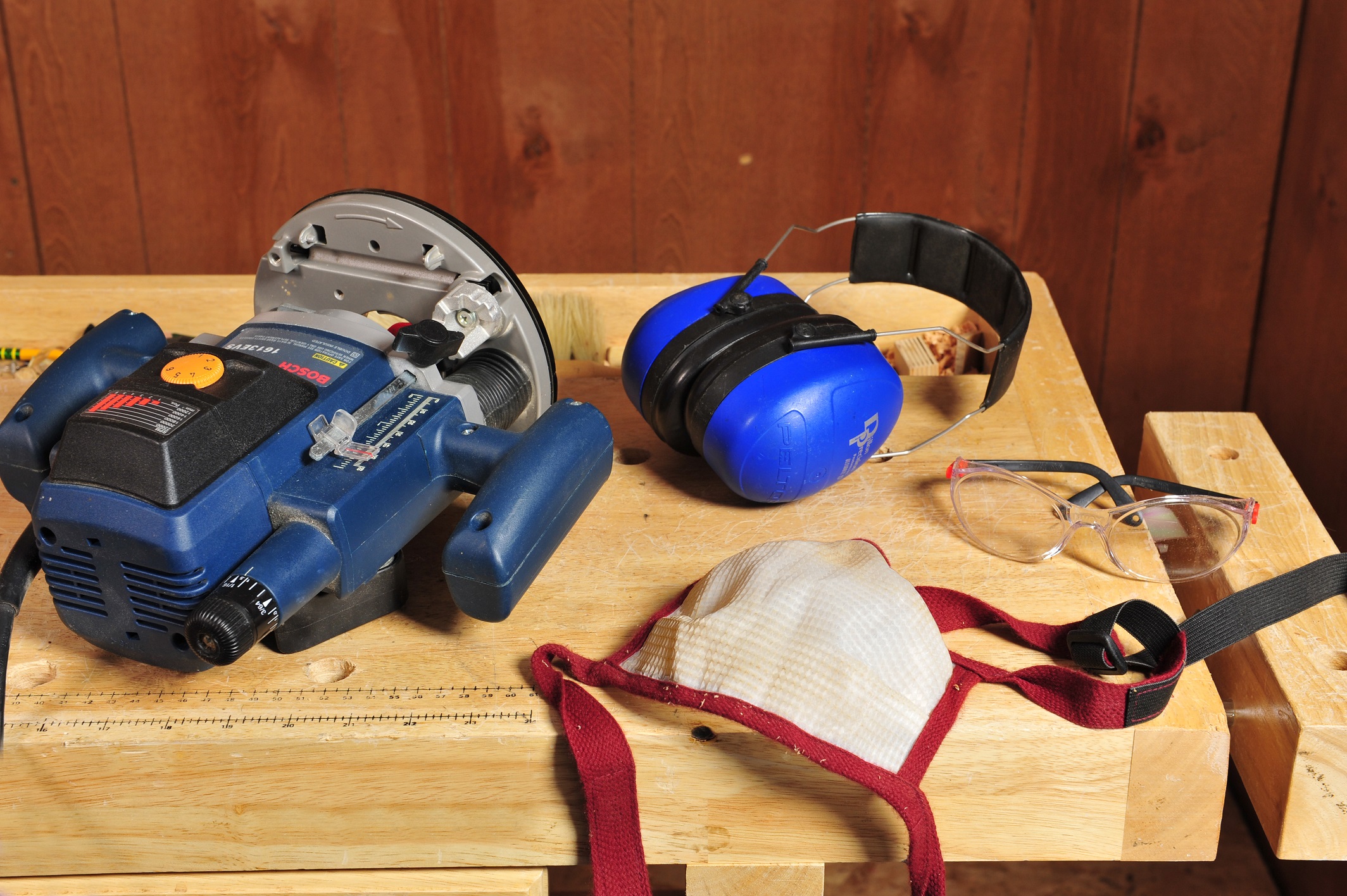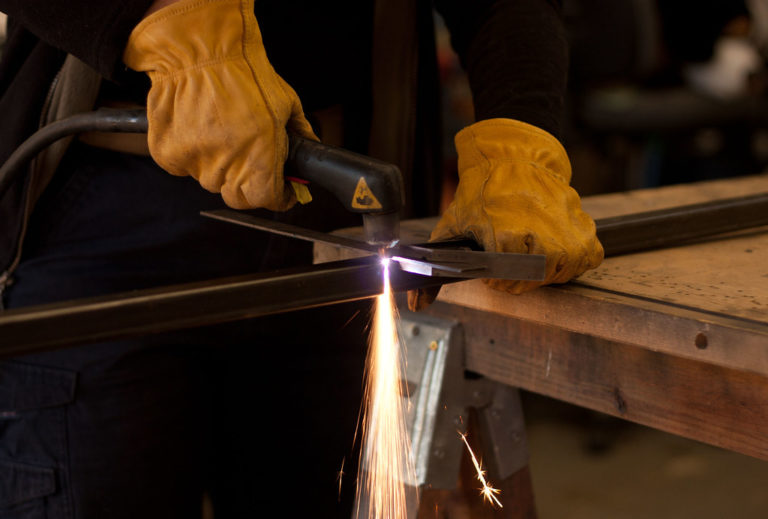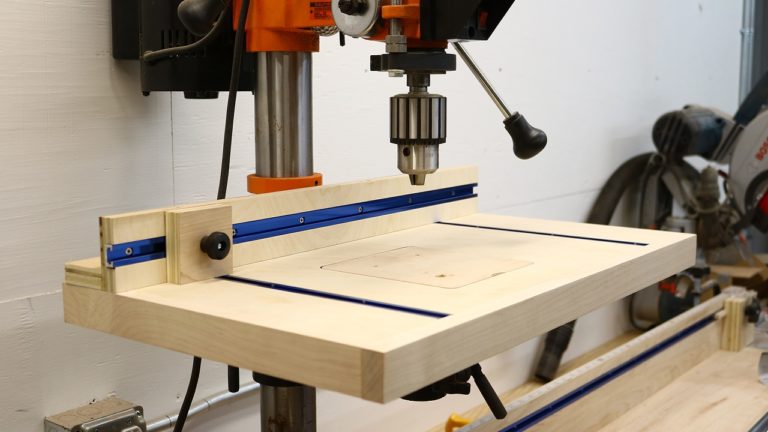Safety Tips When Using a Wood Router
Wood router is one of those tools that you will surely find in any serious wood workers shop. This powerful and versatile tool if used properly can be helpful for a variety of different wood working applications yet if not taken seriously there can be a number of incidents that can happen causing danger to yourself, your tool and your working space. If you don’t want that to happen, you must follow some safety rules and take all precautionary steps every time you need to use this tool. Here we will be sharing some useful safety tips that are applicable for using both hand-held and table mounted wood routers.

Safety Tips for using a Wood Router:
Keep yourself safe:
- Before you begin to use a wood router, you should always keep yourself protected. Keep your fingers and other body parts well away from the router bit area in order to avoid any incident.
- Make sure that you route work piece with the use of push blocks that would keep your hands at a distance from router bit. Using a push block or push stick is compulsory for small and narrow pieces of wood.
- Moreover in order to ensure safety, router table must be fitted with a guard that would keep the area above the bit covered.
- Also using a feather board is suitable in order to keep work piece pressed against fence so that your fingers remain safe.
- Hearing protection is important as a wood router would be really loud and as you operate it, it can affect your ears.
- Have respiratory protection while using this power tool.
- Eye protection is also essential as a wood router has blade that spins at a really fast speed and wood chips produced at this high speed can get in to your eyes in absence of safety glasses.
Work must be Secure:
While using a hand-held wood router, one must make sure that the work piece is held secure. Clamp it on the router table or bench and place a friction mat that would prevent work piece from shifting from its place during operation.
Hold Router Firmly and in complete Control:
- When using a hand-held router, you must make sure that you have a firm grip of your hands on the router so that it doesn’t drift during operation. If your hands do not held the trigger tightly, the router can go off.
- You can lose control over your router if you start your router with bit in contact with your material. A sudden force over your material can make it flung. It could even result in damaging the router bit or router itself.
- Also make sure that the when you are done with cutting operation, the bit is clear and there is no work piece in contact before turning the router off.
- For hand-held routers, do not set the router down until the bit has stopped spinning completely.
Don’t Force Work Piece or Router:
You must never force router or work piece during operation as any kind of additional pressure may affect performance and tool. If you find that router is making any unusual vibration, noise or is needing any additional pressure for operation, stop the tool and check it. Your router bit may be the problem area, it may have become dull or damaged. Moreover for some tough work pieces, you may need to use a powerful wood router.







